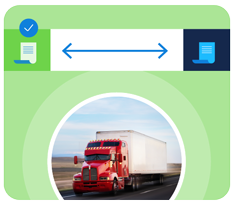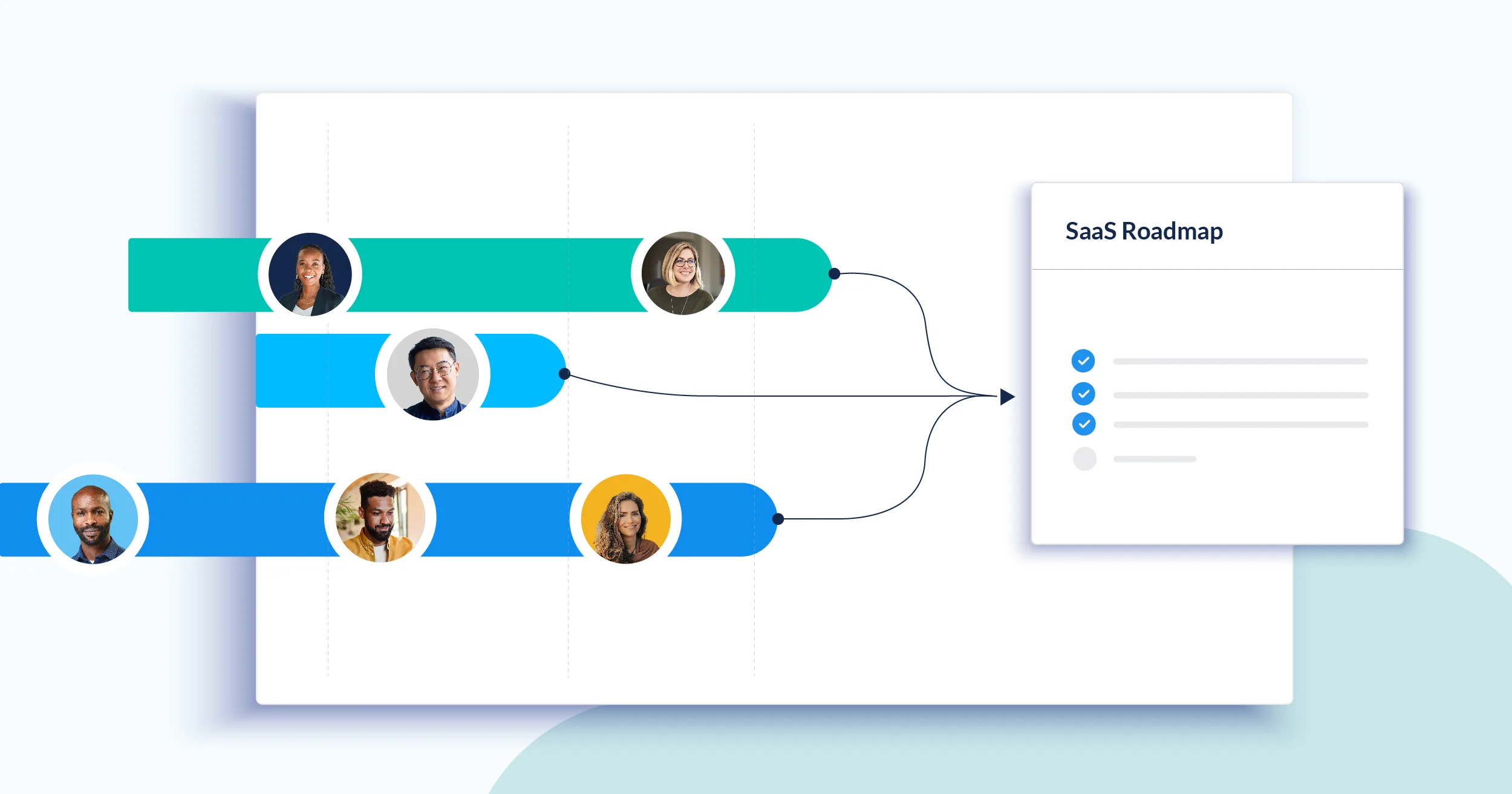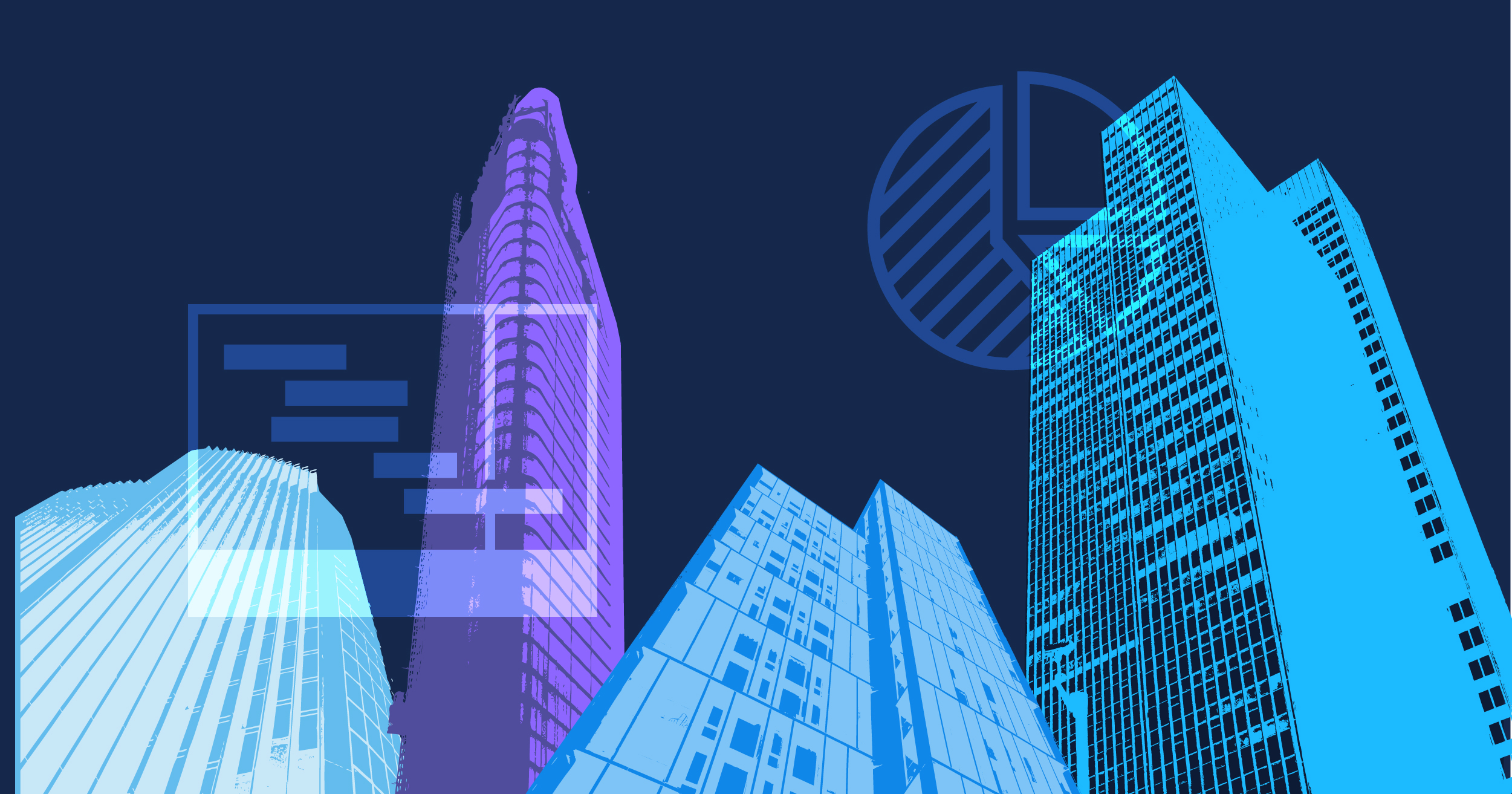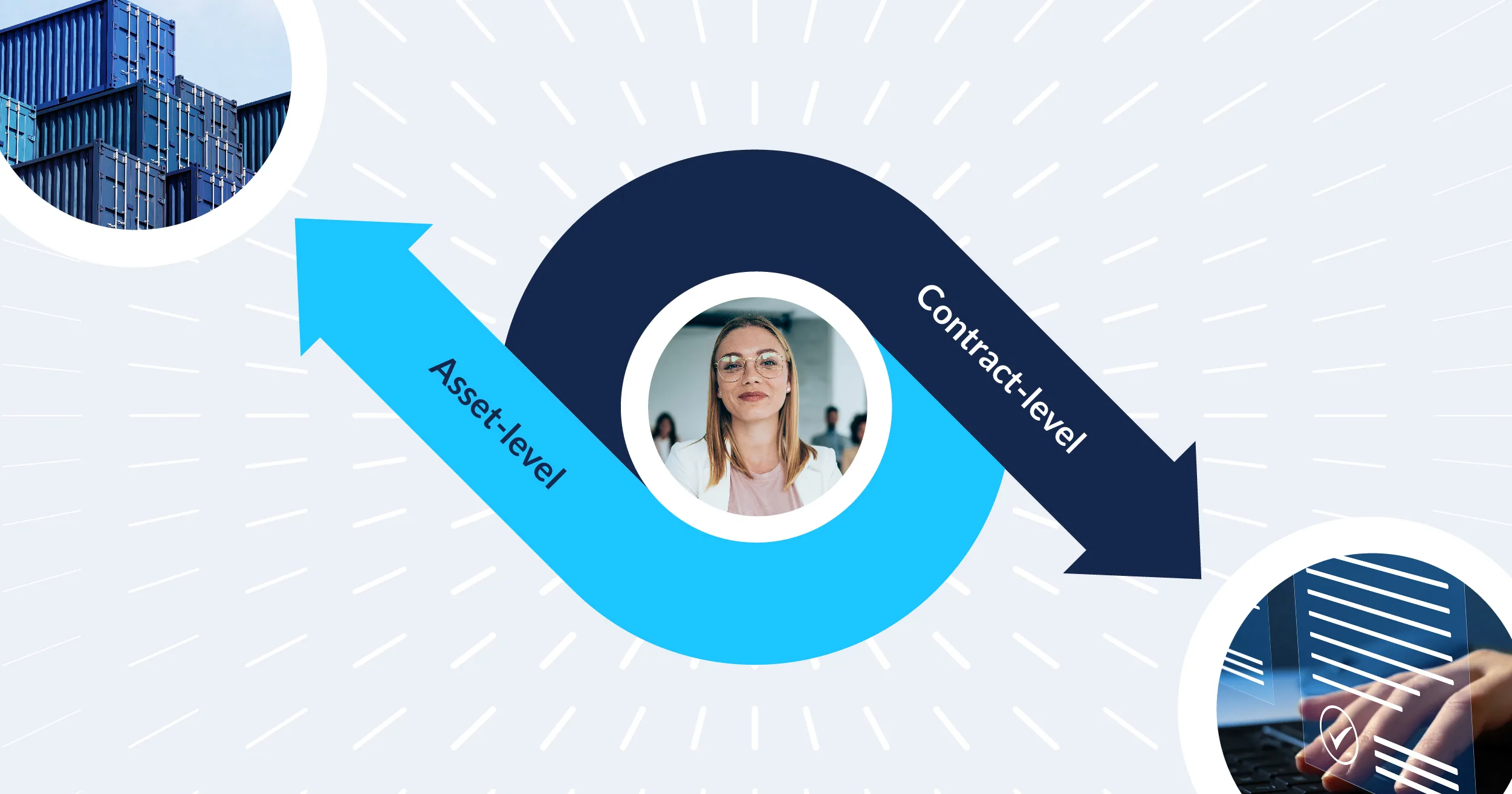By: Michael Keeler, Chairman and CEO of LeaseAccelerator
Note: LeaseAccelerator’s Chairman and CEO, Michal Keeler, recently appeared as a guest on the “SaaS Scaled” podcast, hosted by Arman Eshraghi, CEO and Founder of Qrvey. Arman and Michael discussed how LeaseAccelerator manages its product roadmap, listens to clients, and delivers what they want. You can watch or listen to the podcast here. Here are some highlights of that discussion.
Software and SaaS
Given that Arman and I began founding software businesses decades ago, we talked about starting a software business today versus back then. One of the most disruptive changes in the market has been the Software-as-a Service (SaaS) delivery model. SaaS as a business and architecture model is an incredible force of nature. When first getting into SaaS, we had to sell SaaS itself because people were still defensive about installed on-prem software. CIOs and CTOs saw it as a risk.
SaaS applications, like the emergence of public cloud computing, enable organizations to focus on where you want to create unique value. That’s what LeaseAccelerator does today too. And, SaaS makes it easy to leverage third-party components to give our clients the best experience.
Making a business case for roadmap additions
Everything on LeaseAccelerator’s roadmap must have a clear business case. Our clients are savvy about value, and updates must be quantitative. Everything that we do has to be couched in terms of savings, ROI, new free cash flow, and a reasonable payback period. This is the language of our sales process, but it’s also the language of our roadmap. We want clients to validate that something will be useful, valuable, and helpful to them in achieving their business objectives before building anything.
I spend a lot of time with LeaseAccelerator’s top clients, which informs the product roadmap. A couple of times a year, I visit clients and ask:
-
- How are we serving you?
- How can we serve you better?
- Tell me what’s happening in your business.
- What are some key projects you’re focused on?
- What do you worry about?
This helps LeaseAccelerator to further differentiate our products and deliver value to clients.
Evolving the product
LeaseAccelerator is building what clients want and need without the complexity that requires an army of consultants to implement. And that’s one of the big differences between rigid, traditional technology that was pulled into the SaaS world, versus SaaS-native technology, which is very much about ease of configuration, ease of use, self-service, and in-app, just-in-time training. That’s what has allowed us to not just create differentiation but displace more traditional technologies. Each decision we’ve made about where to invest has all come from our clients telling us what they need.
For example, in the last two years, ESG is one thing that’s become top of mind for everybody which is why we’ve announced LeaseAccelerator Net Zero Asset Manager. LeaseAccelerator is the only player in the market to really automate the whole lease lifecycle, both for real estate and equipment. Because we help store and manage asset-level data, we are in a unique position to deliver value.
Listening to clients in structured ways
It’s a challenge for product management to distinguish between market needs and the needs of a few particular clients. Arman noted that the most successful companies listen to clients as well as the market, which requires creating opportunities to gather that input.
LeaseAccelerator practices a product management discipline where we’re listening to clients all the time in structured ways, then using the data to conduct market analyses and assessments. Customers are great at telling us where their pain is, but they’re not always great at specifying how to solve it. I recommend asking the questions to come up with the business case for why something should be on the roadmap. I also recommend showing clients a ‘straw man’ that they can react to, because it’s very hard for them to envision a solution. Conduct focus groups, including some with partners. You really need to do the data analytics to find your way forward through those details.
Success requires partnerships
At LeaseAccelerator, we define personas and archetypes and work around different business cases for each persona and archetype, as we run this process. It’s a give-and-take kind of interaction that’s needed with clients. However, growing a SaaS business over a long period of time isn’t about transactions, it’s about partnerships. Creating ongoing relationships with clients and business partners will strengthen your roadmap planning and the stickiness of your product.
Leading with authenticity and vulnerability
Responding to Arman’s request about a favorite business book, I recommend any book by Brené Brown. I’ve read three or four books by her, including Dare to Lead. She talks about the importance of authenticity and vulnerability. The people you work with, your colleagues on your team, and your clients and partners – all those relationships are built on trust. The way you build trust is listening empathetically and sharing as openly as you can.
COVID tested the values we all use to run our businesses. During the great resignation, LeaseAccelerator didn’t lose any employees to other companies. I think, in part, it’s because of the values that we actually hold in making decisions and the practices that we put in place. A lot of those things take courage, and Brené Brown has helped me figure out how to bring some of these skills and insights into the heart of our business.
I’d be glad to talk to any organization about their SaaS journey or how LeaseAccelerator can help drive ROI across their lease lifecycle automation processes.






